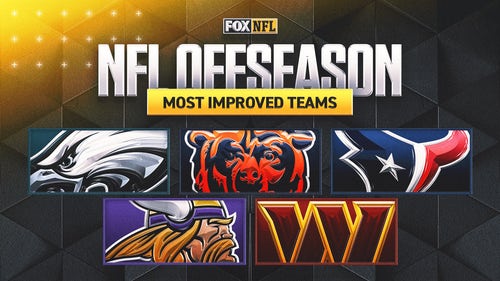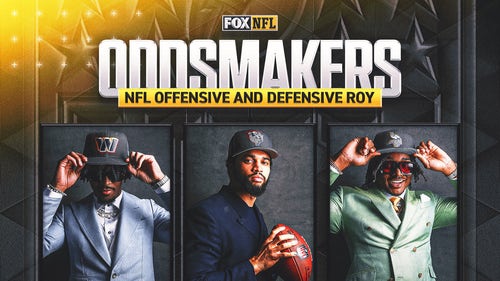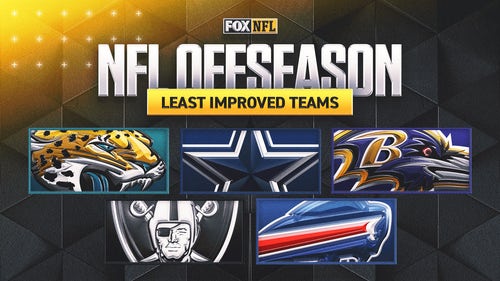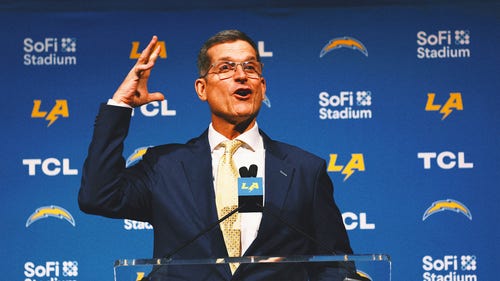
Neck strength could head off injury
It wouldn’t have the same NFL Network-friendly feel as quarterbacks zipping passes to uncovered wide receivers, skill-position players running the 40-yard dash or linemen straining to get an extra 225-pound rep on the bench press as a meathead spotter yells in their face.
But if the NFL Scouting Combine instituted neck strength as one of its mandatory drills, the league would receive a significant boost in trying to address its concussion epidemic.
That was one of the messages espoused June 22 and 23 at the second-annual Football Strength Clinic in Cincinnati, Ohio. More than 100 attendees from the amateur and professional ranks were reminded of what should be the main priority of every strength coach – training to help protect athletes from on-field injuries.
To that end, increasing neck size through training is proving one of the most important factors in helping to lessen the concussive forces that can cause head trauma for both male and female athletes.
Dr. Robert Cantu – one of the top researchers of NFL brain trauma – told FOXSports.com in 2010 that the reason “is just straight physics. If you see the blow coming and you have a very strong neck and contract the neck muscles, you have a much greater chance to have significantly reduced the forces the brain will see.”
Even if the athlete isn’t prepared for a hit to the helmet area, other medical research indicates that a larger neck still could help diffuse those concussive forces.
Conveying the opinion of the NFL’s head, neck and spine committee in an email, NFL spokesman Greg Aiello told FOXSports.com that “there is some thought one reason NFL players may have a decreased concussion risk in comparison to younger athletes and female athletes is the increased strength and development of their neck muscles.
“There is no league-wide program or guidelines as this is theoretical, but nonetheless, all NFL strength and conditioning programs include neck muscles in one form or another.”
The NFL, though, annually welcomes a crop of rookies who usually come from schools where such emphasis isn’t being placed. That means inheriting newcomers who may be at greater risk for concussions than their veteran peers.
Minnesota Vikings strength coach Tom Kanavy sees this every spring when introducing draft picks into his offseason workout program. Addressing the coaches, graduate assistants and personal trainers at the Football Strength Clinic, Kanavy said that neck and grip strength are the two biggest physical deficiencies of incoming players.
Kanavy believes that making neck strength a mandatory “measurable” at the NFL Scouting Combine like a short-shuttle time can help address the problem.
“If you test the neck, I don’t know how it will affect a player’s draft status,” said Kanavy, an NFL strength coach for 17 years. “But I know if we were to test, those (college) trainers would have no choice but to institute neck training. That’s where we’ve got to start.”
Jeff Foster, who is president of the independent group that runs the Combine, didn’t return a FOXSports.com telephone message left Monday at his office. But Eastern Michigan University head coach Ron English is among those who wholeheartedly agrees with Kanavy – and he now has data to prove why neck training is so important.
English and his strength-and-conditioning staff presented three years worth of records at the Football Strength Clinic showing a dramatic reduction in head and neck injuries (i.e. concussions, “stingers” and strains) that corresponded with increase in neck size. English believes it isn’t coincidence that the implementation of neck training upon his arrival helped the Eagles improve from 0-12 in 2009 to 6-6 last season.
“Our kids are healthy. That was the frustrating thing for me initially,” English said. “If they’re not, they really don’t have fun playing football and don’t play the way we want them to play. But with the data and me doing the workouts, it just affirms everything.”
English adopted this philosophy from when he was on the same University of Michigan staff as renowned strength coach Mike Gittleson. Gittleson said the majority of 300-plus schools he has visited since his retirement didn’t have neck machines or a substitute protocol like manual resistance training that requires no equipment.
“I was at a BCS school I’m not going to name working a camp and I just arbitrarily asked a guy, ‘How many neck machines do you have?’” English said. “He said, ‘We took them all out. We’re doing enough work in other areas.’ I thought to myself, ‘You’ve got to be kidding me.’
“I think people are so caught up in the numbers of the other exercises that they don’t want to take the time. A lot of strength coaches don’t want to take 20 minutes a day when they could be doing other stuff.”
English knows that to successfully recruit athletes with NFL dreams requires the incorporation of Combine-specific drills in any college strength program. More than 300-plus prospects are tested each February in Indianapolis to determine their speed, jumping ability and strength in select categories.
Coaches, general managers and personnel directors use such data as part of the scouting process. What would happen if neck size and strength were added to the mix?
“It will change everything by having a trickle-down effect,” English said.
The time to change is now before more athletes suffer brain injuries that may very well be preventable.















































































































































